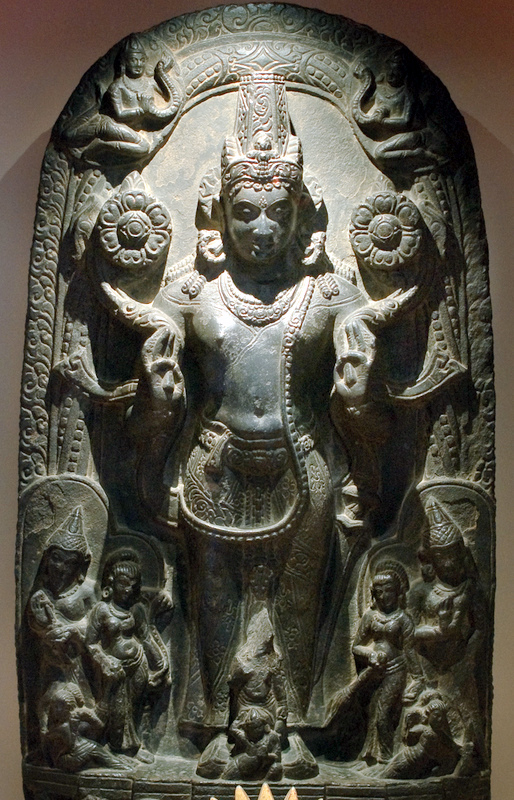I read a story about the Taj Mahal that you can find here.
When the story starts, it is 1592 and India is ruled by the Mughals. A prince is born that year, and he is named Khurram. He grew up, learning from teachers but rarely had any contact with women his age. One of the few exceptions was the Meena Bazaar during a festival celebrating the New Year. He went to the Bazaar with his friends, and found a women selling jewels. He falls in love with the woman and bought a jewel from her. Eventually they married and become a happy couple. The emperor decided to rename the woman to Mumtaz Mahal, which means "Jewel of the Palace". They lived together happily and Khurram was a successful prince, controlling the armies and conquering other land. His father died and he became the King. He had many children with Mumtaz. However, Mumtaz became sick after having another child. She died, and her last words to Khurram were "I wish that all the world will know of our love." Khurram decided that this was Mumtaz's way of asking for an elaborate tomb. He imagined a white heavenly palace, and decided to have it built. He spared no expense and made it extremely elaborate, importing materials from far away. After many long years of construction, it was finally done.
It was called "Taj Mahal". A few years later he became ill. He decided that wanted to have an identical tomb built, but in black stone. However, his son was greedy with power and took control of the empire, and locked his father into the Red Fort in Agra, the city near where the tomb was built. He stayed there for eight years until he died.
I've actually been to the Taj Mahal, and although it is very old, it is still a great place to visit. I took the photo above.
When the story starts, it is 1592 and India is ruled by the Mughals. A prince is born that year, and he is named Khurram. He grew up, learning from teachers but rarely had any contact with women his age. One of the few exceptions was the Meena Bazaar during a festival celebrating the New Year. He went to the Bazaar with his friends, and found a women selling jewels. He falls in love with the woman and bought a jewel from her. Eventually they married and become a happy couple. The emperor decided to rename the woman to Mumtaz Mahal, which means "Jewel of the Palace". They lived together happily and Khurram was a successful prince, controlling the armies and conquering other land. His father died and he became the King. He had many children with Mumtaz. However, Mumtaz became sick after having another child. She died, and her last words to Khurram were "I wish that all the world will know of our love." Khurram decided that this was Mumtaz's way of asking for an elaborate tomb. He imagined a white heavenly palace, and decided to have it built. He spared no expense and made it extremely elaborate, importing materials from far away. After many long years of construction, it was finally done.
I've actually been to the Taj Mahal, and although it is very old, it is still a great place to visit. I took the photo above.





